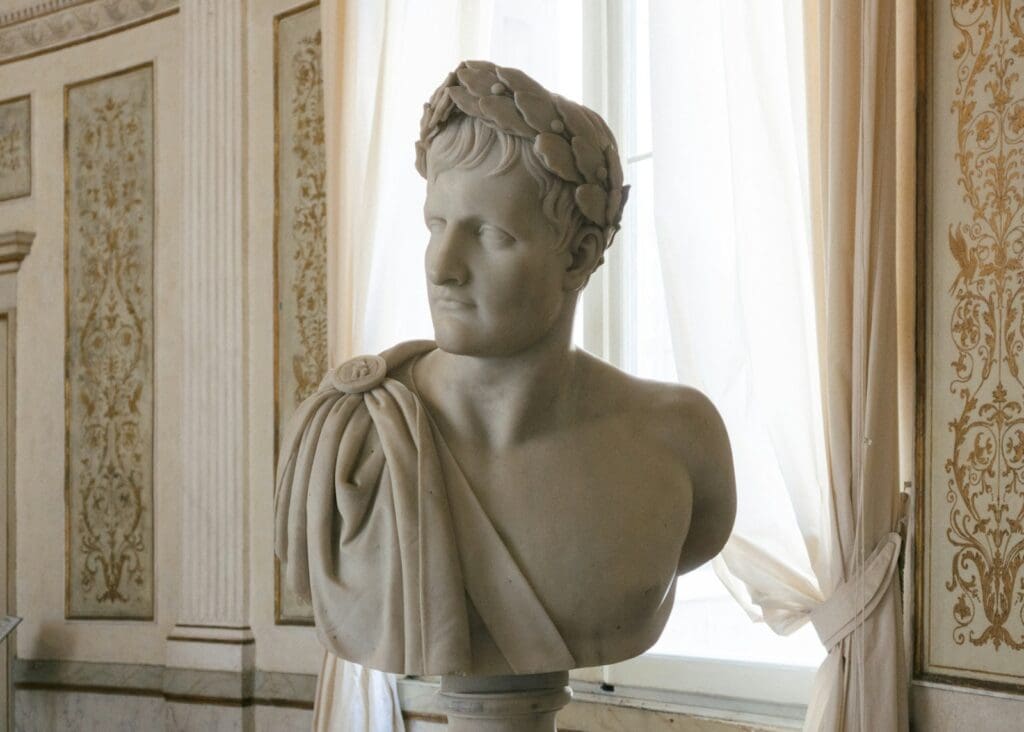History is filled with fascinating stories, but not all of them are as accurate as we’ve been led to believe. Over time, myths, exaggerations, and misunderstandings have shaped the way we remember key events and figures. Some of these tales have been passed down for generations, becoming widely accepted despite being far from the truth.
From famous inventions that didn’t happen the way we think to legendary figures whose real stories have been distorted, many historical “facts” are actually misconceptions. It’s time to take a closer look at some of the most common myths and separate fact from fiction. Here are some of history’s biggest inaccuracies finally set straight.
Napoleon Was Short

Napoleon wasn’t as short as you have heard he was. He was by no means a towering man, standing at 5’2”—but keep in mind that’s pre-Revolution measurements. In modern measurements, you’d say he was 5’6”. He was a bit taller than average, and no one in his era made any specific remarks regarding his height.
Einstein Failed Math

This myth was discussed by Einstein himself in his lifetime, and its origins are unclear. While the genius mathematician struggled in subjects such as botany and language, he always received top marks in the field that would make him a household name.
Cleopatra Was Egyptian

While Cleopatra was the queen of the Ptolemaic Empire of Egypt, she herself may not have been Egyptian. She styled herself as the reincarnation of the goddess Isis, but her family was Greek. In fact, Cleopatra was the first Ptolemaic ruler to speak the Egyptian language, as the other people in her family refused to learn it. Some scholars debate that her birth mother was part of the Egyptian clergy, but it is unproven.
How Vikings Looked

Pop culture Vikings have horned helmets and plentiful runic tattoos. However, neither of these features were likely present in reality. Contemporary descriptions of Vikings make no note of tattoos, which would have been exceptionally odd at the time, and the only Viking helmet we’ve ever discovered is a simple iron helmet with no decoration.








